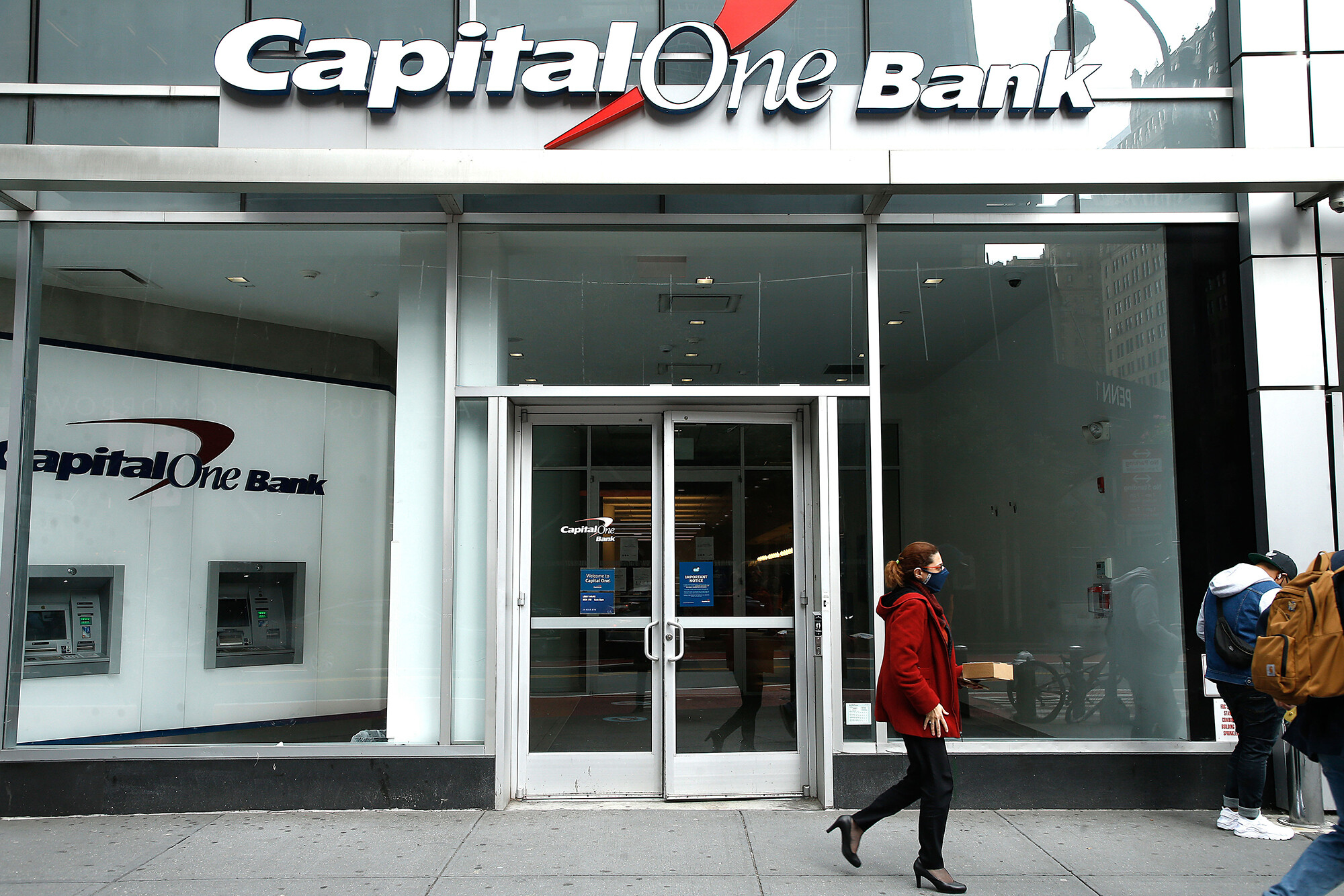Do Landlords Legally Have To Put Deposit In Scheme
Tenants in England and Wales have the legal right to expect their landlord to put a deposit in a Rent Guarantee Scheme if they want to stay in their property. However, what is not always clear is whether landlords have to put the deposit into the scheme themselves, or whether they can ask their tenants to do so.
Do you have to use a deposit scheme?
There is no hard and fast answer to this question, as the law governing tenancy deposits differs from country to country. However, in most cases, landlords are legally obliged to put tenants’ deposits into a scheme approved by the government. This scheme usually pays out a percentage of the deposit back to tenants, depending on the terms of the scheme.
Do landlords have to take a deposit UK?
Landlords must take a deposit from tenants in England and Wales if they want to rent a property. This is usually between one and six months’ rent, and the landlord can hold the deposit as security for the rent. If the tenant breaks the tenancy agreement, the landlord can deduct any damage or unpaid rent from the deposit. The landlord also has to give the tenant a written notice stating how much of the deposit has been deducted and when it will be returned.
There are some exceptions to this rule – for example, if you’re renting a room in your home, you don’t have to take a deposit. You should also note that there are some circumstances in which landlords don’t have to take a deposit at all – for example, if you’re moving into an apartment that’s been rented previously.
What if my landlord has not used a deposit protection scheme?
If your landlord has not used a deposit protection scheme, you may be able to take them to court to get your deposit back. The Landlord and Tenant Board (LTB) can order your landlord to put the money into a protection scheme if they have failed to protect your deposit.
When did tenancy deposit scheme came into force?
Tenancy deposit scheme (TDS) came into force on 6 April 2007. The legislation that created the TDS was the Housing and Communities Bill which was introduced to Parliament on 12 December 2006. The main purpose of the TDS was to improve housing standards and protect tenants in England and Wales from unfair eviction by their landlords.
The TDS is a legal requirement for all private landlords in England and Wales, except for social landlords (such as housing associations) who are exempt. Landlords must put a deposit of at least one month’s rent in a protection scheme such as the Tenancy Deposit Scheme, unless they can demonstrate that the tenant has broken the lease or tenancy agreement, or there is another good reason why the landlord cannot comply with the TDS requirements.
The tenant has 30 days from receipt of the deposit to move out, unless either party agrees to extend this time period. If the tenant does not leave within this time period, then the landlord can take legal action to evict them. If the tenant does leave, then they must repay all of their deposits plus any interest that has accrued since the date of placement in the protection scheme.
What happens if you don’t protect a deposit?
Landlords are legally required to put a deposit in schemes like the Government’s Tenant Protection Scheme (TPS) or The Private Rented Sector Tenancy Deposit Scheme (PRS). If a tenant doesn’t protect their deposit, the landlord may be able to take the money back and/or sue them.
Who pays for tenancy deposit scheme?
A tenancy deposit scheme is a system where tenants can put down a deposit in order to secure a rental property. This deposit is usually held by the landlord, and is used as security against potential damages or losses that may occur during the tenancy. However, there are some landlords who choose to participate in a tenancy deposit scheme themselves. If this is the case, then the landlord usually pays the tenant’s portion of the deposit back when the tenancy is terminated.
Can I sue my landlord for not protecting my deposit?
In short, landlords legally have to put deposits in a scheme approved by the government. However, tenants can sue their landlord if they do not protect their deposit. If the tenant can prove that the landlord failed to protect their deposit, they may be able to get back some or all of their deposit.
Is tenancy deposit scheme free?
There is no one answer to this question as tenancy deposit schemes can vary greatly in terms of how much landlords are required to put aside for tenants. In general, however, most schemes require landlords to put at least one month’s rent into a secured account – although this minimum amount may increase depending on the scheme.
Landlords should also be aware that some states – such as California – have legislation mandating that all rental properties include a tenancy deposit protection scheme in which tenants are automatically reimbursed the full amount of any rent they pay in advance, plus interest, if their landlord fails to meet their obligations.
conclusion
In the article “Do Landlords Legally Have To Put Deposit In Scheme?”, it was stated that landlords have to put a deposit in schemes in order to protect their tenant’s rights. However, this is not always the case. There are some cases where landlords are not legally required to put a deposit in a scheme. If you’re concerned about whether or not your landlord is required to put a deposit in a scheme, you can check with your local housing authority.

